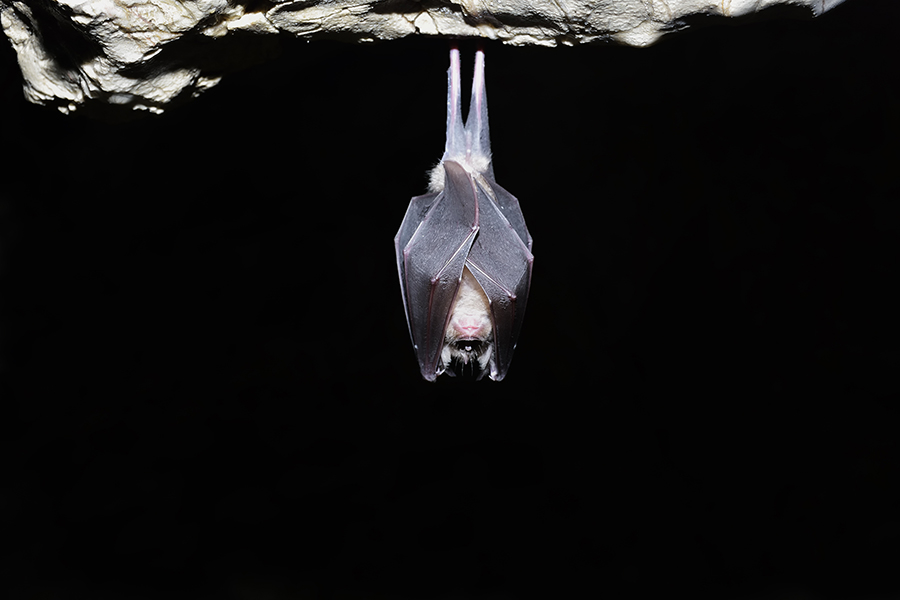
It can be very difficult for many animals to find food in the winter. In order to survive, some animals migrate to warmer regions or adapt to harsh conditions; others hibernate. Hibernation is a deep sleep or “torpor” that allows a creature to conserve energy while eating little or no food. Many hibernators prepare for winter by storing food in their burrows or dens. They also eat as much as they can before winter sets in, storing body fat to be used as energy later.
Groundhogs, also called woodchucks, are true hibernators. They dig deep dens where they sleep away the winter, and they are not easily awakened. A groundhog’s body temperature can drop to as low as 3 degrees Celsius, and its heart rate slows to about 5 beats per minute.
It is not uncommon for the European hedgehog to wake up during its hibernation and move to another nest. When a hamster gets too cold, it can slip into a dormant state of hibernation.
Raccoons do not hibernate, but they do sleep for days during cold winters.
Many people think that squirrels hibernate, but these rodents can’t maintain the high levels of body fat needed for hibernation.
Turtles hibernate in different ways. Water turtles dive to the bottom of a pond and snuggle into some mud and leaves. Their hearts slow down, and they stop breathing through their lungs. Box turtles don’t hibernate under water; they dig burrows. Their metabolism slows, and they stop eating.
Bears are not considered true hibernators because their body temperature only drops a bit, and they can wake up. Like true hibernators, the bear’s heartbeat slows down, and it can go without food for long periods. During hibernation, a black bear’s heart can drop from 40 or 50 down to 8 beats per minute, and it can survive for up to 100 days without eating or drinking.
In winter, American badgers may spend up to 70 days underground, and they do sleep a lot, but they do not enter full hibernation as their heartbeat does not slow by much.
Reptile hibernation is called brumation.
Garter snakes hibernate in groups. Where winters are very cold, hundreds or even thousands of these snakes winter together in dens.
Frogs that hibernate need more oxygen than turtles. They do not bury themselves in the mud, but go to sleep on top of the mud. Some toads and terrestrial frogs dig burrows for their winter sleep.
Like bears, skunks go into a state of torpor with waking periods. Skunks hibernate in groups, sometimes sharing a den with up to 20 others.
Many insects hibernate as adults. Ladybugs, wasps, honeybees and some butterflies like the mourning cloak butterfly are good examples. Hibernation or dormancy in insects is called diapause. A bat’s resting heart rate drops from 400 beats per minute to just 25, and some bats only take a breath every 2 hours. Bats are some of the longest hibernators around; some hibernate for 64 to 66 days.
–[email protected]